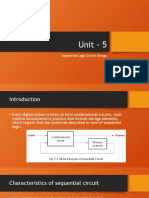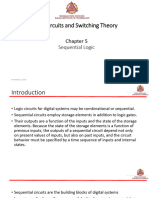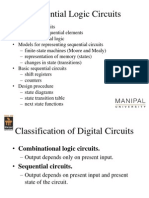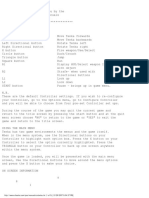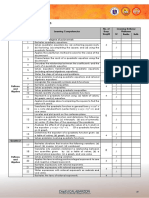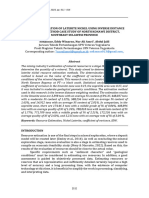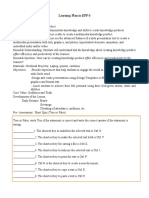0% found this document useful (0 votes)
24 views34 pagesMST PLC Lecture 5
The document discusses programmable logic controllers, focusing on flip-flops and their applications in digital circuits. It explains the differences between combinational and sequential logic, the operation of various flip-flops (SR, D, T, JK), and the importance of clocking in synchronous systems. Additionally, it covers control inputs, propagation delays, and the implications of these factors on circuit design and performance.
Uploaded by
Benard BettCopyright
© © All Rights Reserved
We take content rights seriously. If you suspect this is your content, claim it here.
Available Formats
Download as PDF, TXT or read online on Scribd
0% found this document useful (0 votes)
24 views34 pagesMST PLC Lecture 5
The document discusses programmable logic controllers, focusing on flip-flops and their applications in digital circuits. It explains the differences between combinational and sequential logic, the operation of various flip-flops (SR, D, T, JK), and the importance of clocking in synchronous systems. Additionally, it covers control inputs, propagation delays, and the implications of these factors on circuit design and performance.
Uploaded by
Benard BettCopyright
© © All Rights Reserved
We take content rights seriously. If you suspect this is your content, claim it here.
Available Formats
Download as PDF, TXT or read online on Scribd
/ 34


